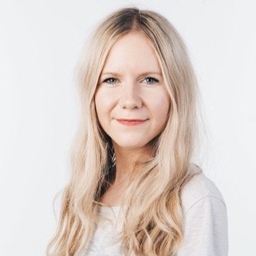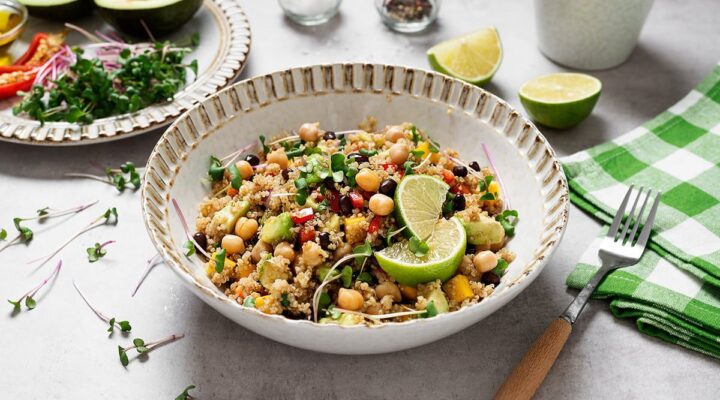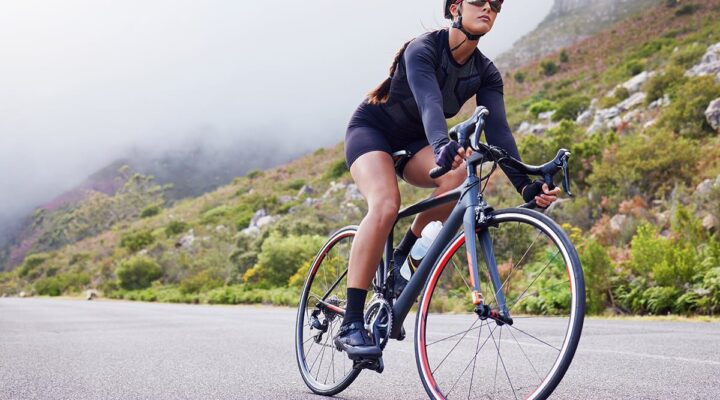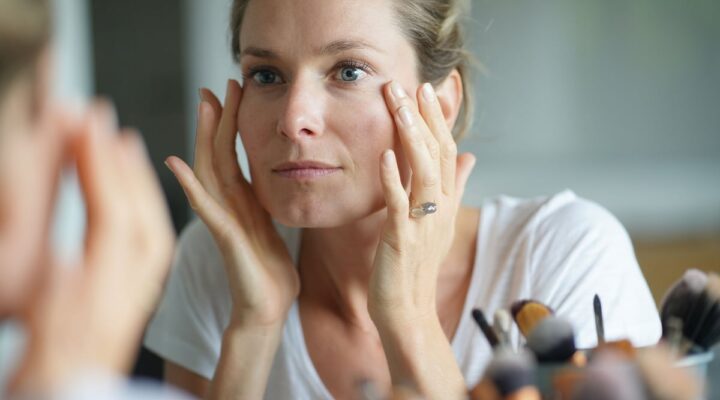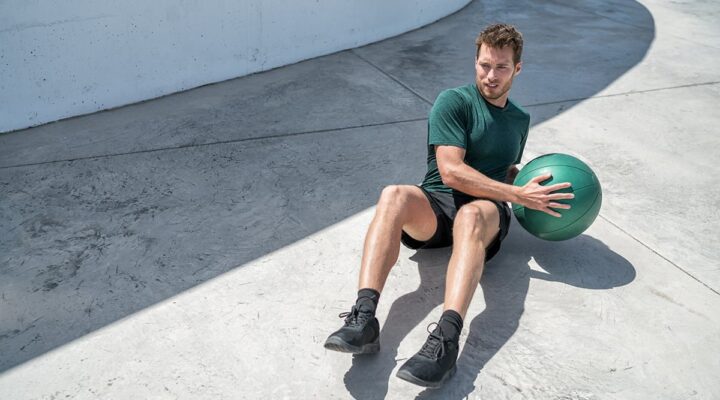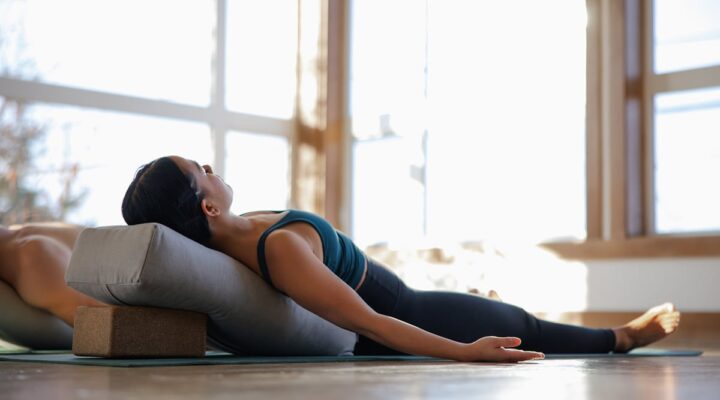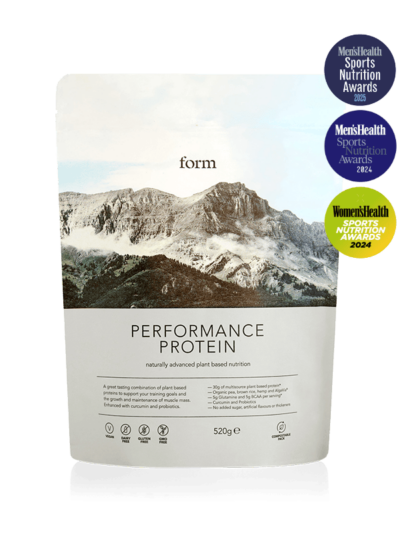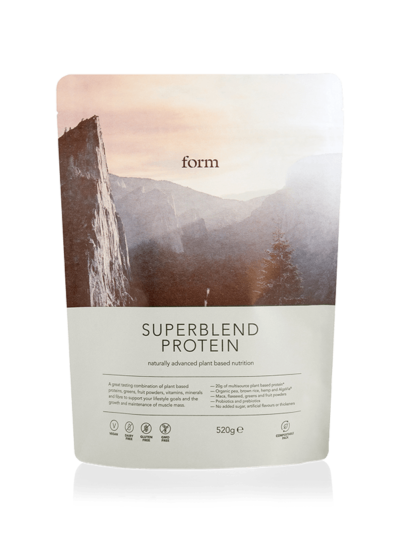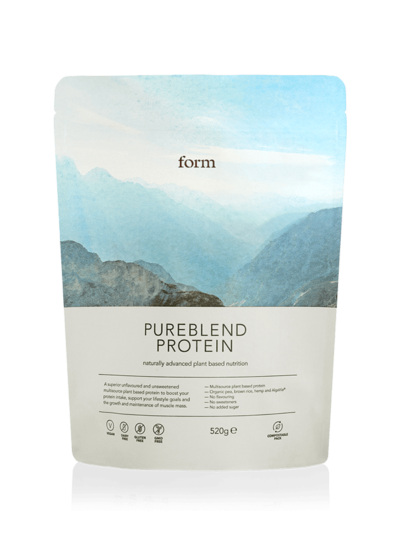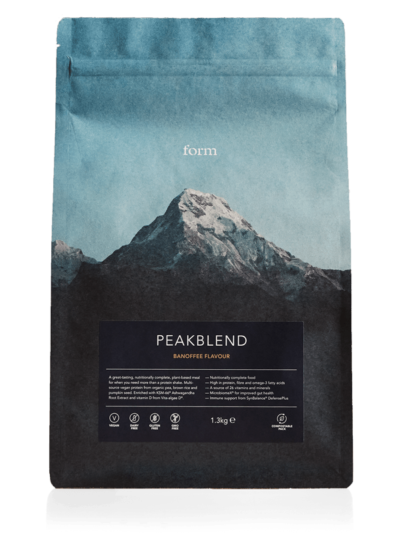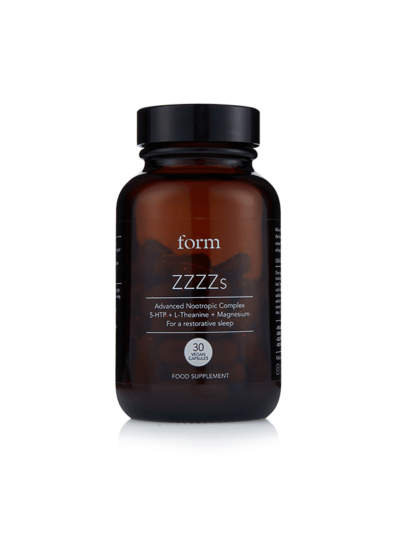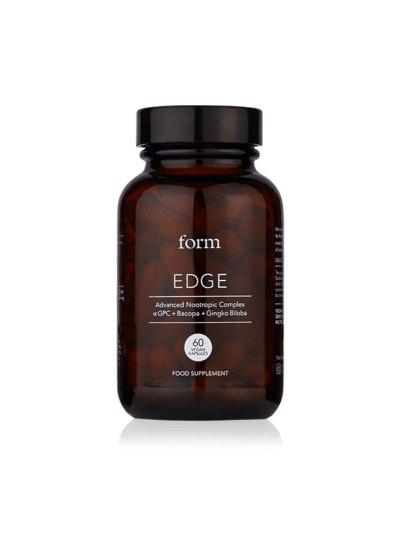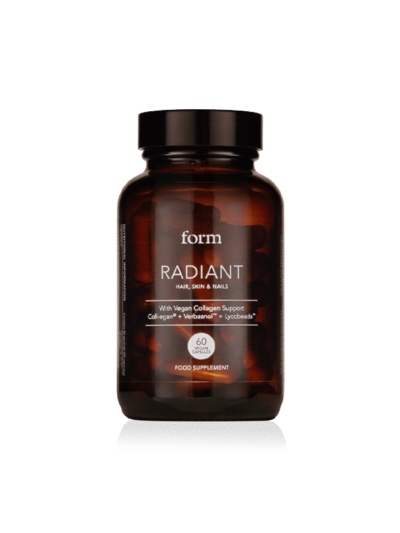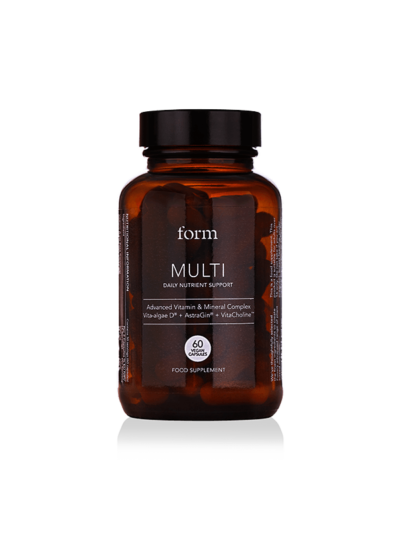What Is Hot Pilates? The Exercise Trend That Can Help You To Lift Clean
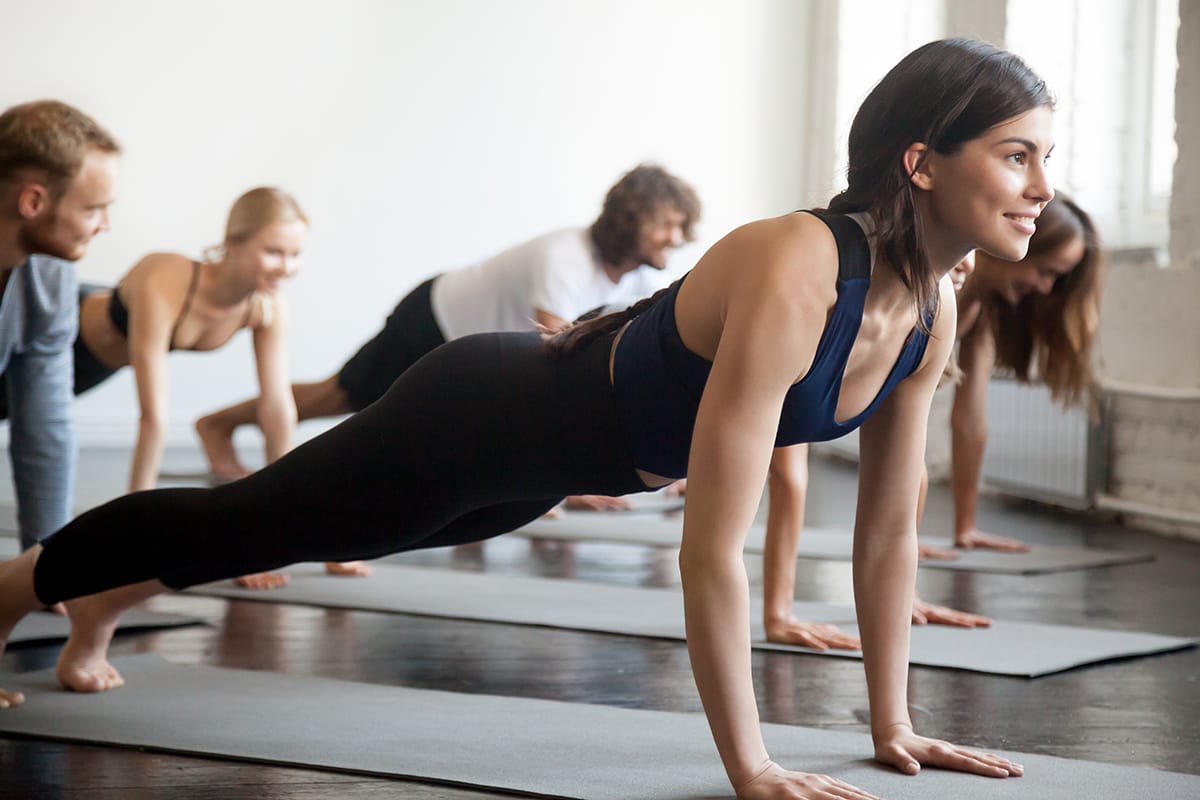
Gym-goers generally fall into two camps: those who meticulously blot every bead of sweat on their forehead, fearing an unplanned hair wash day, and those who treat sweat like a badge of honour, judging their workout’s intensity by the ever-expanding damp patch on their Lululemon tank.
If you belong to the latter crew, you’ll probably want to hear about Hot Pilates, a fiery new workout trend that’s heating things up on TikTok.
With millions of views, hashtags and glistening mid-class clips doing the rounds on social media, Hot Pilates has fast established itself as the viral workout of the moment. Far from just an online fad, dedicated classes and studios are sprouting up across the country at an impressive pace, with enthusiasts swearing that adding sauna-like temperatures takes the traditional mat experience to the next level.
Keen to know more? We turned to one of London’s top trainers to break down the basics of Hot Pilates – and why anyone serious about strength training should consider adding it to their training mix.
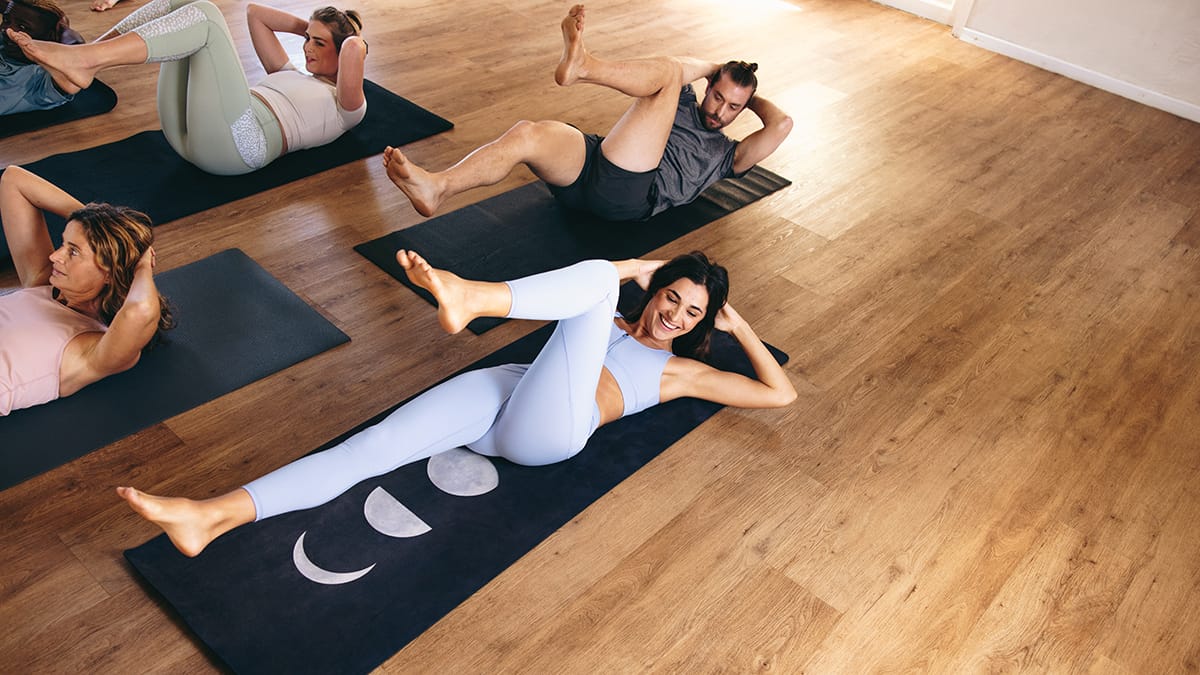
What is Hot Pilates?
Hot Pilates is exactly what it sounds like: the training principle takes the precise mat-based movements from the original 1920s method, combines them with HIIT, and throws them in a heated environment of between 35-38 degrees centigrade.
The 60-minute class concept, officially called ‘Inferno Hot Pilates’, was first developed in Las Vegas in 2009 by pro athlete Gabriella Walters, who was looking for a way to get a high-intensity workout without putting too much strain on her joints.
Classes are full-body and focus on the main principles of Pilates: strengthening muscles, increasing flexibility and activating the core. Typical moves include crunches, scissor kicks, fire hydrants and planks, which are all performed while alternating between powerful intervals of activity and short recovery periods to keep your heart rate up.
Just like regular mat Pilates, heated classes don’t typically involve lots of fancy gear or complicated equipment – all you really need is a mat, some heat-appropriate workout clothes and a bottle of water to stay hydrated.
What are the benefits?
From a stronger core and a whittled physique, to better sleep and a deeper mind-body connection, Hot Pilates delivers the same incredible benefits you know and love from the original mat method.
However, Sophie Caton (@bukeryoga), an Inferno Pilates instructor at Bikram Yoga London, says Hot Pilates has the edge over its cooler sister, with extra benefits to be reaped from the heat. Most notably, if you’re a weight lifter who doesn’t have the shoulder mobility to hit a perfect overhead press, booking a class could help you increase your range of motion over time.
“A typical Inferno Hot Pilates class is heated to 35 degrees centigrade with around 40% humidity,” explains Caton. “This environment encourages the blood vessels to expand, allowing more oxygenated blood to be delivered to the working muscles and the tendons, which many strength trainers find helps them to get deeper into their flexibility.”
As it’s high-intensity and low-impact in nature too, she adds that Hot Pilates is a great option for anyone who’s keen to get an effective workout without risking injury. Whether you’re a runner aiming to avoid joint overuse ahead of a race, or a CrossFitter that’s rehabbing from a previous strain, Pilates offers an active recovery solution for all types of athletes. This versatility is one reason why, according to Caton, her classes tend to feature a 50-50 split of men and women.
Don’t be fooled by the lack of explosive movements though: “A big part of an Inferno Pilates class is its cardio moves – they’re a killer workout in their own right,” stresses the instructor. “Expect your wearable to record your heart and lungs working hard throughout the class to support your muscles in the heat.”
Finally, there’s a big reason why celebrities and models are flocking to Hot Pilates studios in droves right now: “Exercising in the heat is actually fantastic for skin,” reveals Catom. “It increases blood flow, which delivers more oxygen and nutrients to the area.” Similar to sitting in an infrared sauna for 30 minutes, the dry heat helps with cell turnover and repair, giving you that coveted post-workout glow.
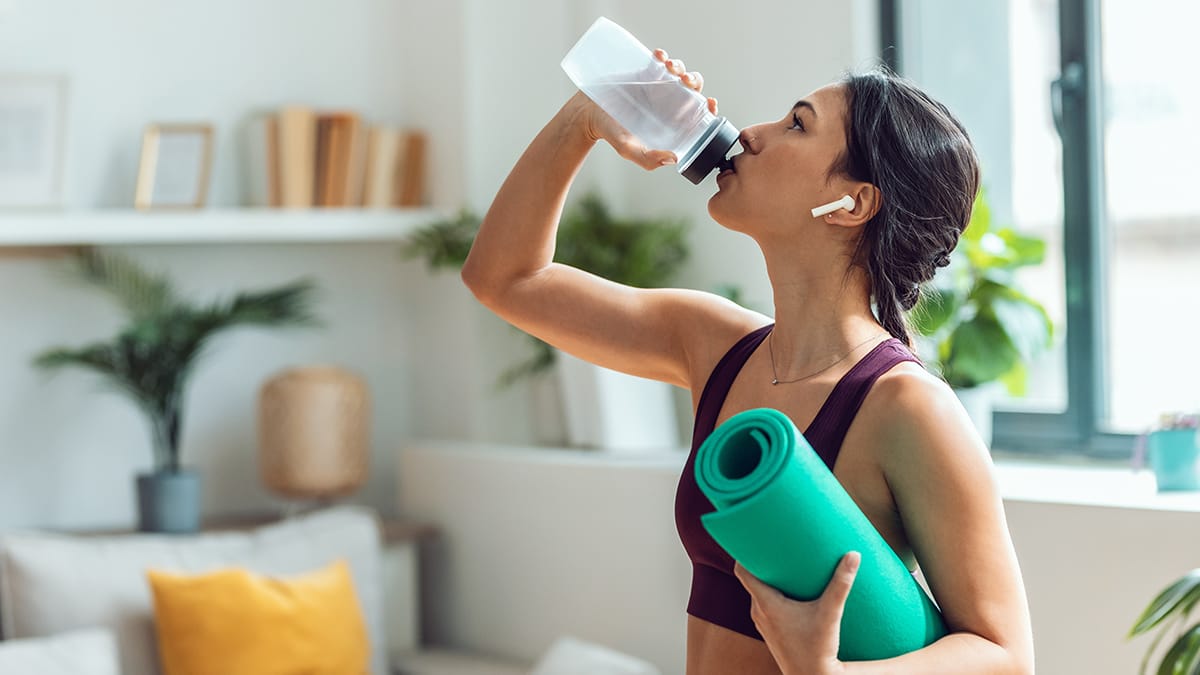
How to get started with Hot Pilates
Many established Hot Yoga studios are now offering Hot Pilates as part of their schedule, so a quick Google search can show you your options locally.
You’ll want to spend the days leading up to your first class hydrating well, says Caton (“I always advise people to come to class as a grape and not a raisin”) and wearing decent, sweat-wicking gym kit is another no-brainer. “Most people go with shorts, shirts, and sports bras in a sweat-wicking material that won’t absorb your sweat,” she adds.
If you’re pregnant, Caton advises giving this trend a miss and adds that people with high or low blood pressure – or those at risk of stroke or heart attack – should check with their GP before jumping into the studio.
If that all checks out, you’re good to go. “Any first fitness class can feel intimidating,” Caton notes, “but try not to compare yourself to anyone else in the room. Inferno Hot Pilates is a challenging discipline, and it takes time to get used to training in the heat, so don’t be deterred if you need to take breaks.”
She adds, “A good teacher will provide variations for difficult exercises so you can meet them at a level that works for you.”


